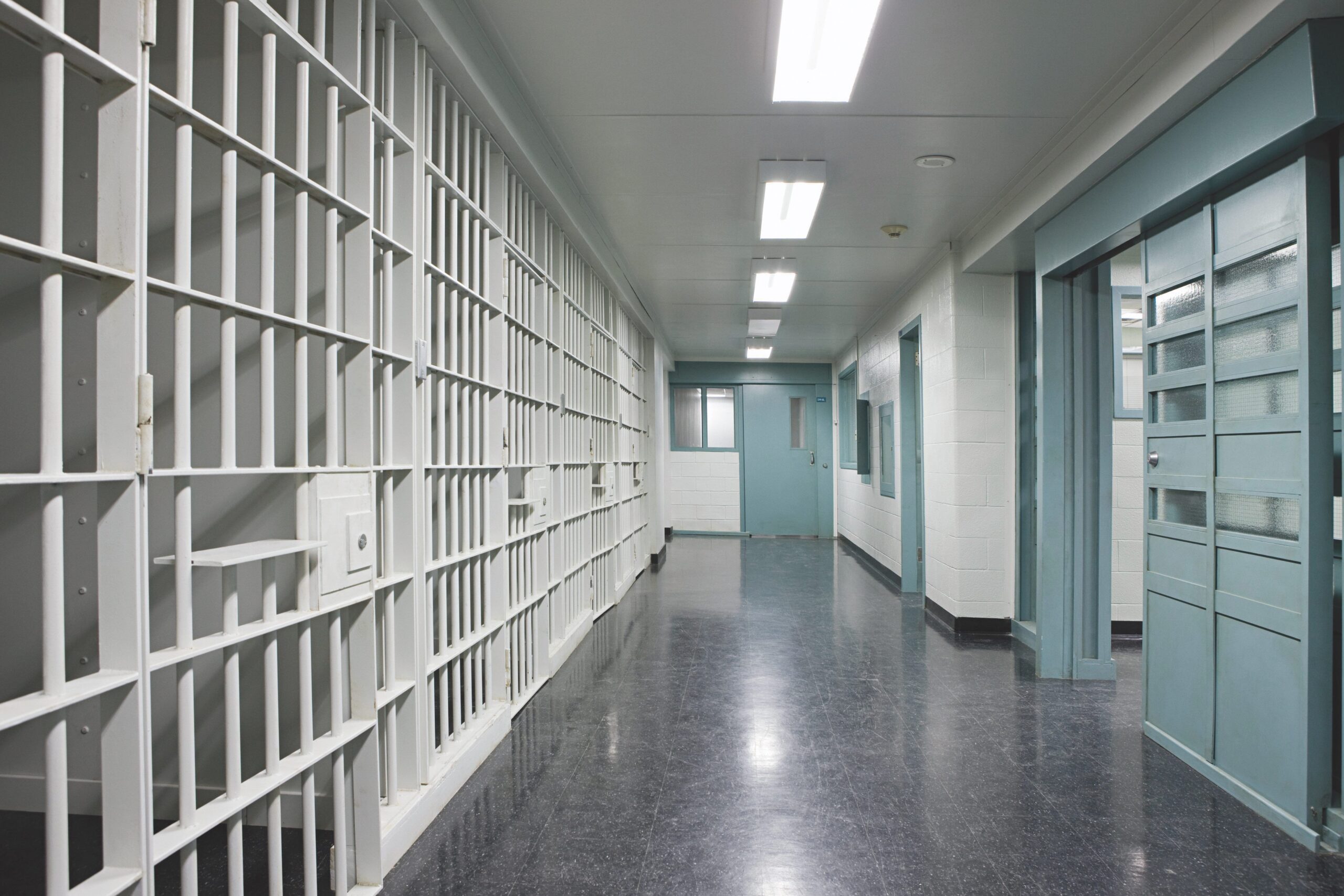Anthony Bennett, 52, was convicted last fall for the 46th time of shoplifting to feed his drug habit. Jail is almost his second home. Coincidentally, last fall the federal government got “tough on crime,” announcing major funding to build new prison cells across the country. A Corrections Canada spokesperson says 2,700 spaces will be created in the next three years.
The expansion plans come in the wake of the government’s Truth in Sentencing Act, which took effect last February. By eliminating the double credit for time served awaiting trial, the act will put thousands more in prison and cost Ottawa an extra $4.9 billion over the next five years, according to the parliamentary budget officer. Provinces and territories will pay another estimated $5 billion to $8 billion, says Justin Piche of Carleton University in Ottawa. And these calculations don’t include the price tag for new laws, some already passed, some proposed, to lengthen minimum sentences.
You may unsubscribe from any of our newsletters at any time.
While Public Safety Minister Vic Toews disputes the financial impact of the Truth in Sentencing Act, claiming a federal cost of $400 million a year, he says this increase is a small price to pay to keep our streets safe. But does prison do that?
Toronto police Chief Bill Blair, president of the Canadian Association of Chiefs of Police, says yes. “There’s an irrefutable logic to incarceration to protect society. Most Canadians understand that.”
Criminologist Neil Boyd of Simon Fraser University in Burnaby, B.C., says no. He says the government’s crime policy is “a highly expensive program that will probably make things worse.”
Who’s right? When public finances are in the red and other programs are being cut back, spending on prisons raises three questions: Is crime increasing? Will tough-on-crime policies, more jail time for more people, control it? And why are we willing to spend so much to put people in prison and so little to keep them out?
Take the first question. Serious crime reported to police has been going down for the last 10 years, in 2009 down three percent from the previous year and down 17 percent since 1999. Ninety-three percent of us tell surveys we feel safe. Tough-on-crime policies, lawyer Paul Alexander of Toronto told a House of Commons committee, are a solution in search of “a problem which does not exist anywhere except in the popular imagination.”
You can get an argument about that too. Julian Fantino, retired commissioner of the Ontario Provincial Police and the new Conservative MP for Vaughan, Ont., has insisted that violent crime “has been going up for years.” Bernard Mangan, chief economist for the Vancouver Board of Trade, points out increases in unreported crime in victim surveys, especially domestic violence and date rape. Or maybe, if crime is down, it’s a result of getting tough.
But crime rates, say criminologists, have been falling for 10 years throughout the developed world, unrelated to tough-on-crime policies. In every culture and every age, Boyd says, young men between 14 and 29 are largely responsible. When they grow up, crime goes down. “What we do doesn’t make much difference,” he notes. Indeed, young males account for almost half of Canada’s offenders but only 18 percent of the population.
The case for tougher penalties assumes that when some- one decides, for example, to break into a liquor store, he makes a rational cost-benefit assessment of the consequences: he knows what the penalties are, he thinks he is likely to be caught, and harsher penalties will deter him. All of the assumptions, says Anthony Doob of the University of Toronto Centre of Criminology, are contradicted by the evidence. He points to dozens of academic studies indicating that harsh sentences, punitive judges and mandatory penalties do not deter crime, and that imprisonment, especially of first-time offenders, simply increases the chances they will reoffend when they get out. Not only is prison a state-supported school for crime — for which we pay three times what it would cost to send the offender to Harvard — but the stigma makes it harder to get a legal job upon release.
Seeing prison as a solution to crime is “myopic,” says Gary Ellis, a police officer for 30 years, now head of justice studies at the University of Guelph-Humber in Toronto. “All it does is prevent crime while they’re in jail. It doesn’t change their situation when they get out.”
Blair disagrees. “I’ve been a cop for 34 years. I’ve seen people come out of prison quite resolved never to go back in. There are lessons some people do learn.”
***
Except for the Paul Bernardos and Clifford Olsons, inmates do get out. And what could that $4.9 billion do to keep them out? Incentives to stay in school, job training, family supports and addiction therapy are all preventive measures that even the association of police chiefs says “are proven to work.”
“It’s sinful the amount being spent on prisons that needs to go back into communities,” says Rev. Bruce Faurschou, secretary of Manitoba and Northwestern Ontario Conference and a prison chaplain for 22 years. “If that money were put into the inner cities, you would see a huge difference 10 years down the road, but politicians don’t see down the road. They see day-to-day.”
The Vancouver Board of Trade, hardly bleeding hearts, recently conducted a joint study with the Justice Institute of British Columbia that makes the economic case for investing in child development now to save crime costs later. Paul Kershaw of the University of British Columbia said of the report, “Smart family policy investments can cut the British Columbia crime rate by 31 percent and increase the GDP by 20 percent over the working lives of children who start kindergarten today.”
To find out what happens without that investment, look at Saskatchewan. The jobless rate is 23 percent among First Nations and Métis compared to five percent in the population as a whole. Only 30 percent of First Nations and Métis between 15 and 24 have finished high school. Now look in the prisons: Aboriginal adults, only 10 percent of the population, are 79 percent of the prisoners.
One might expect churches, which deal in sin and redemption, to have an interest in crime and punishment. That’s not part of any United Church national portfolio; questioners are referred to the Church Council on Justice and Corrections, which preaches alternatives to prison for non-violent offenders. The United Church is one of 11 faith groups that support the CCJC. In 2010 it contributed $5,000.
Lorraine Berzins, the council’s chair of justice, has been with the group for 26 of her 66 years, and before that was a prison social worker. It’s “disheartening” to have the council’s submissions “fall on deaf ears,” she says. “There is no political will to invest in interventions that are more effective even when less costly.”
So we’re left with studies, statistics and experiences that say tough-on-crime policies don’t work, waste money and may make crime worse. All of which raises one more question: why doesn’t the government listen?
Establishing policies that would actually affect crime takes time and money. And results won’t be apparent by the next election. “You toughen the laws and tell people you have accomplished something. The fact that it is not effective is not visible,” Doob says.
The government’s stance is “a political strategy, a means to the end of getting a majority,” says Berzins. “The message is, ‘We’re really doing something,’ and that’s all that matters.”
As for Anthony Bennett, whatever his latest sentence, he’ll soon be out on the street again, likely still addicted and still shoplifting. In his case, all his jail sentences have done is give shopkeepers a brief rest.
***
This story first appeared in The United Church Observer’s January 2011 issue with the title “Prisons and politics.”














